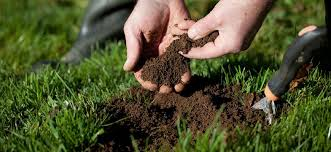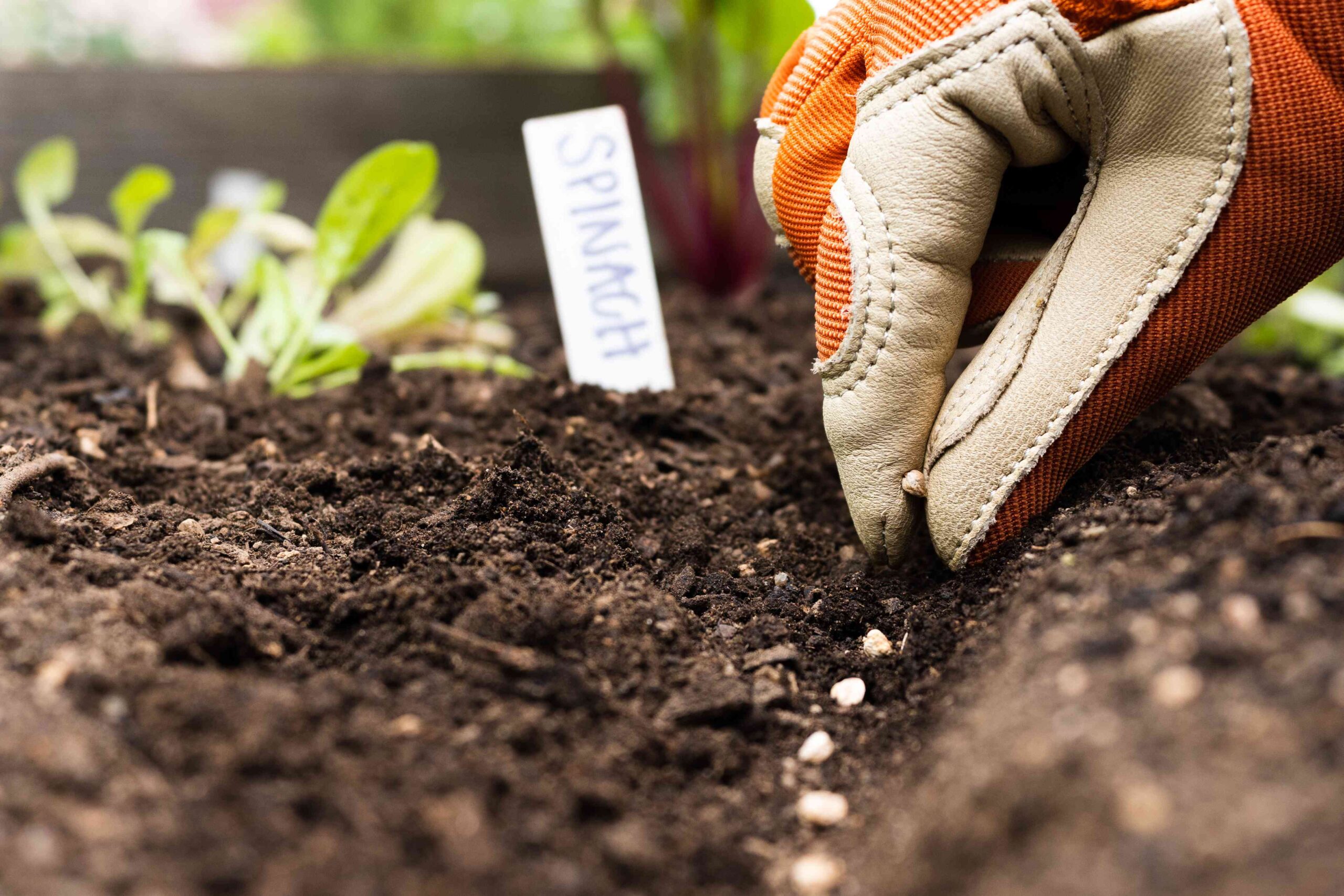By Barbara Pleasant
Are you as excited as I am about planning your garden this year? The possibilities are endless, and the best part is there’s still plenty of time to fine-tune your plans. As you map out your dream garden, it’s the perfect moment to prepare your seeds, seed-starting supplies, and soil to ensure your garden thrives.
Selecting the Right Seeds
Start with those enticing seed catalogs filling your mailbox. These catalogs are perfect bedtime reading, letting your imagination explore new varieties like a standout broccoli that catches your eye. Don’t feel pressured to order everything at once. I usually place three separate seed orders throughout the growing season and also visit retail racks and seed swaps—hidden gems you won’t want to miss.

Before you stock up, inventory your existing seeds and test their viability. Seeds older than two years, like corn, onions, lettuce, and parsnips, often lose germination strength. A simple germination test with damp paper towels can help determine if they’re garden-ready or destined for the compost.
Preparing for Indoor Seed Sowing
When starting seeds indoors, using fresh seed-starting mix is essential. Old mixes can harbor fungi and bacteria, which are harmful to delicate seedlings. If you’re looking to refresh last season’s mix, sterilize it by placing it in a heatproof pan, covering it with aluminum foil, and baking it at 150°F (65°C) for an hour.
Ensure your grow lights are ready to support healthy seedlings. Replace dim or faulty bulbs and wipe dust off for maximum brightness. After months in storage, your grow light shelving may need a thorough cleaning with warm, soapy water.

Soil Testing for Optimal Growth
You don’t need to wait for spring to test your soil. A soil test helps determine nutrient levels and pH, the key to unlocking nutrients for your plants. For example, I suspected my new garden beds were too acidic last year and nearly added lime. A soil test revealed the pH was already near the ideal 6.5, thanks to prior wood ash applications. Without testing, I could have inadvertently created an imbalance.

In the U.S., state extension services often provide affordable soil tests. At-home kits are also a fantastic option, allowing you to analyze individual garden beds and get immediate results. Ensure soil samples are completely dry before testing for pH and major nutrients like nitrogen, phosphorus, and potassium.
The Role of Nitrogen and Organic Matter
Regular soil testing often shows that phosphorus and potassium levels are sufficient in compost-amended gardens, but nitrogen—essential for plant growth—requires attention. Nitrogen is highly mobile, easily absorbed by plants or washed away by rain.
Over time, I’ve learned that my older garden beds, rich in organic matter, retain nitrogen more effectively, requiring less fertilizer. In contrast, newer beds benefit from extra organic fertilizers to keep crops flourishing. These insights from soil tests guide my planting plans and help me avoid over-fertilizing, which could contribute to water pollution.
With thoughtful seed selection, proper indoor sowing preparation, and regular soil testing, you’re well on your way to your most successful garden yet. Happy planning and growing!
